In 2009, 76% of surveyed residents within the 1,500 foot Pogo Park Impact Zone said “there is a lot of crime near my home” while 57% of those further away agreed.
By 2019, only 55% of respondents within the 1,500 feet Pogo Park Impact Zone said “there was a lot of crime near my home.” This was a 27% decrease from 2009. Outside the Pogo Impact Zone, there was only a 17% decrease in respondents reporting there was a lot of crime near their home.

In 2009, 53% of respondents within the Pogo Park Impact Zone agreed with the statement, “crime on the streets near my home makes it unsafe to go for walks during the day” while only 36% of those outside the zone agreed.”
In 2019, only 34% of respondents within the Pogo Park Impact Zone agreed that crime on the streets made it unsafe to go on walks during the day. This was a 36% decrease from 2009. Outside the Impact Zone, there was a 36% increase between 2009 to 2019 in the percentage of residents that agreed with that statement.
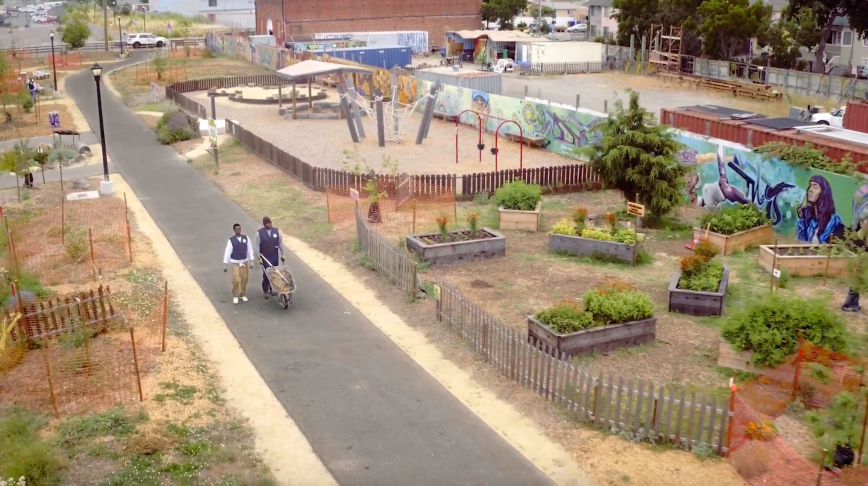
Since 2009, Richmond has experienced significant decreases in firearm homicides and non-fatal shootings. From 2010 to 2019, the Iron Triangle has experienced a decline in gun shootings with an injury.
In 2010, the Iron Triangle had 34 firearm shootings with an injury, and this number declined to only 8 in 2019.
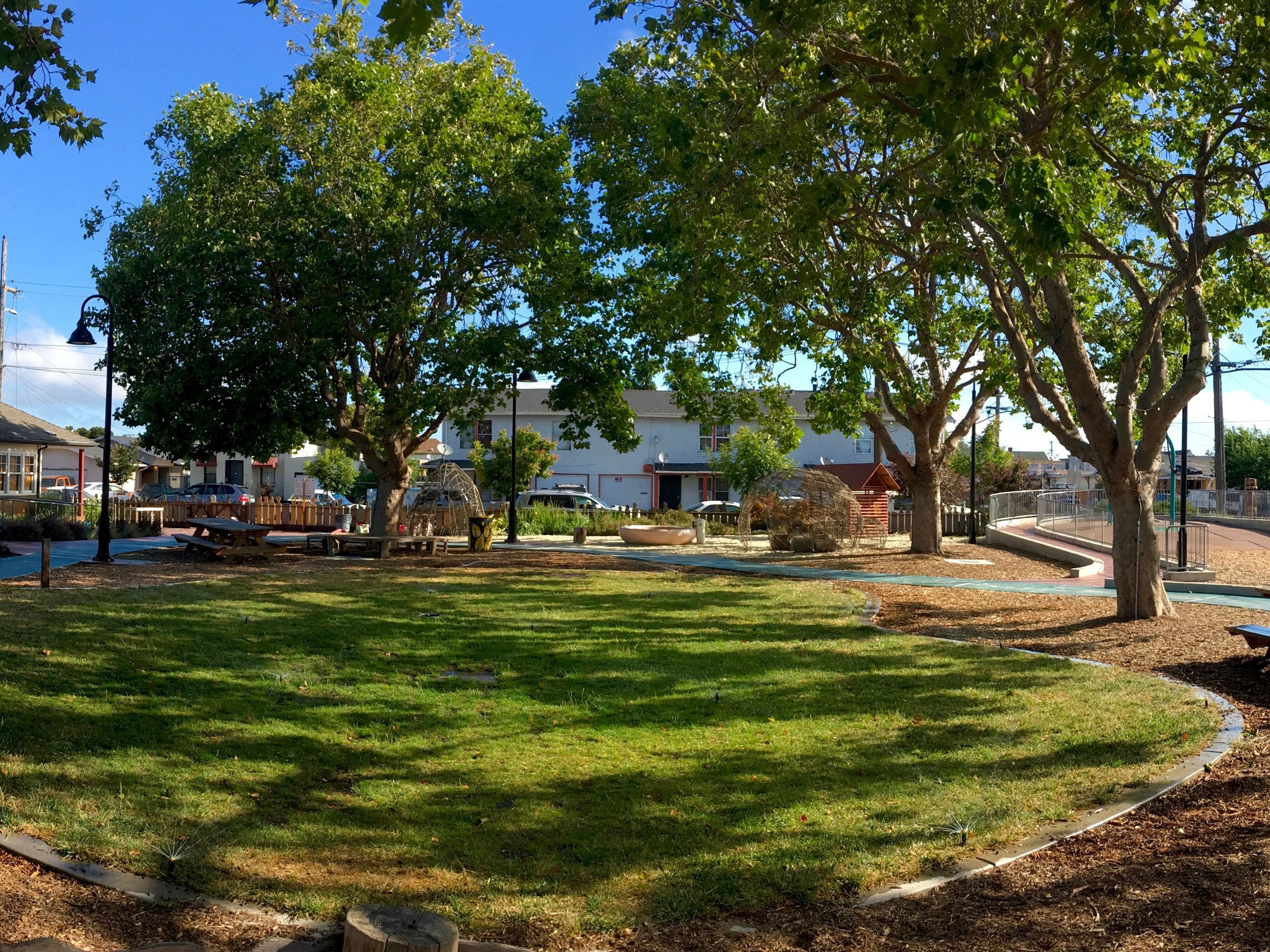
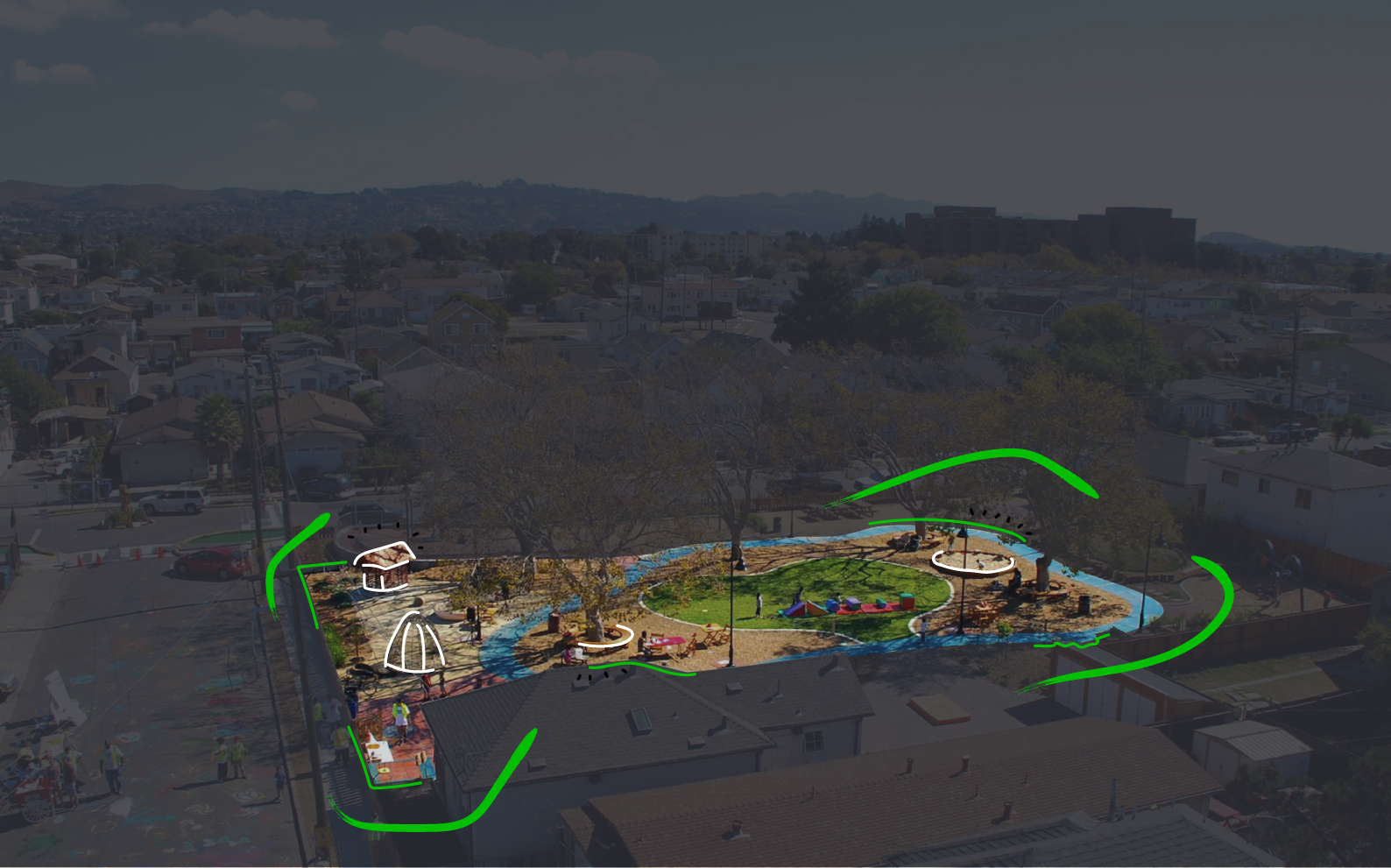
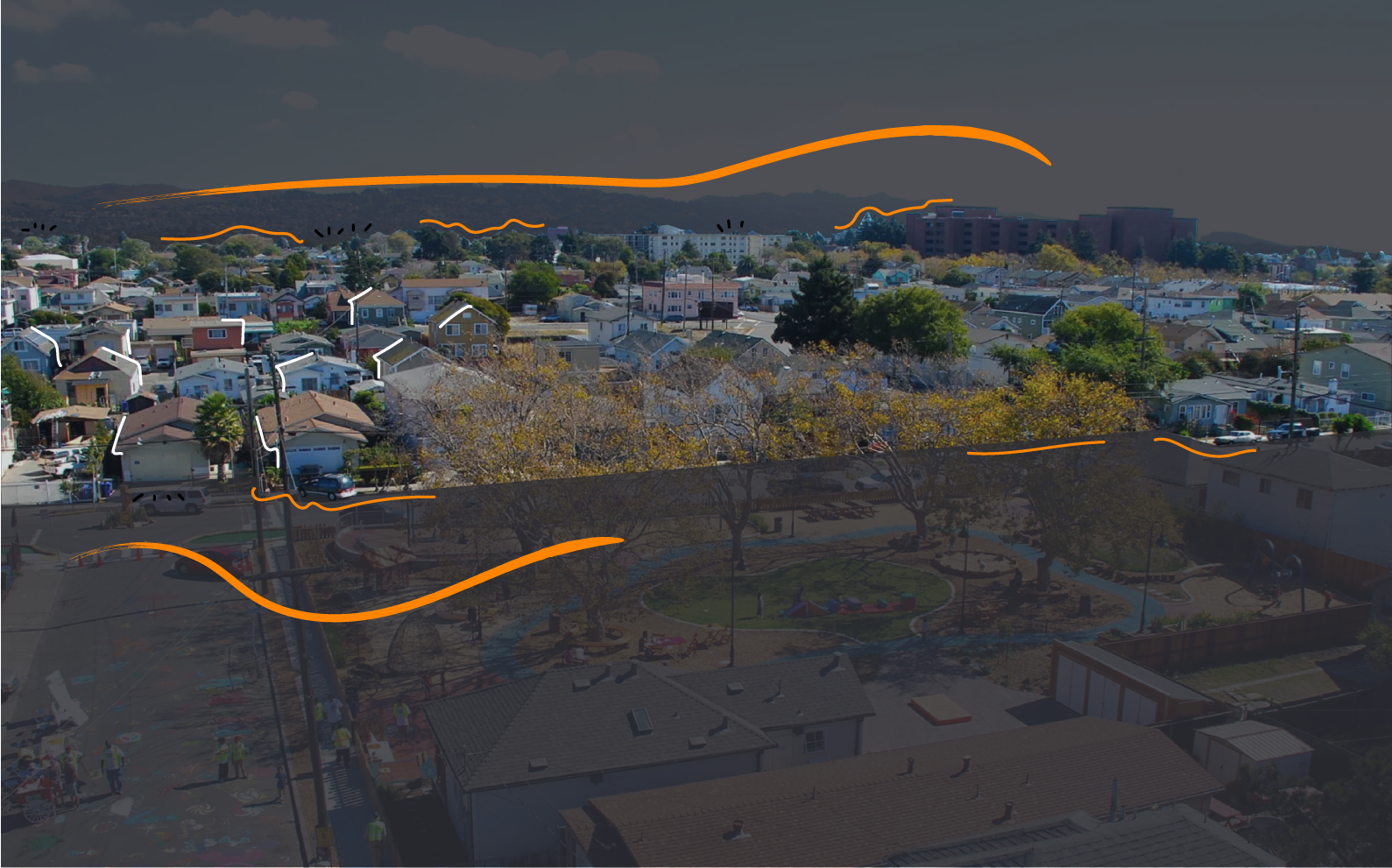
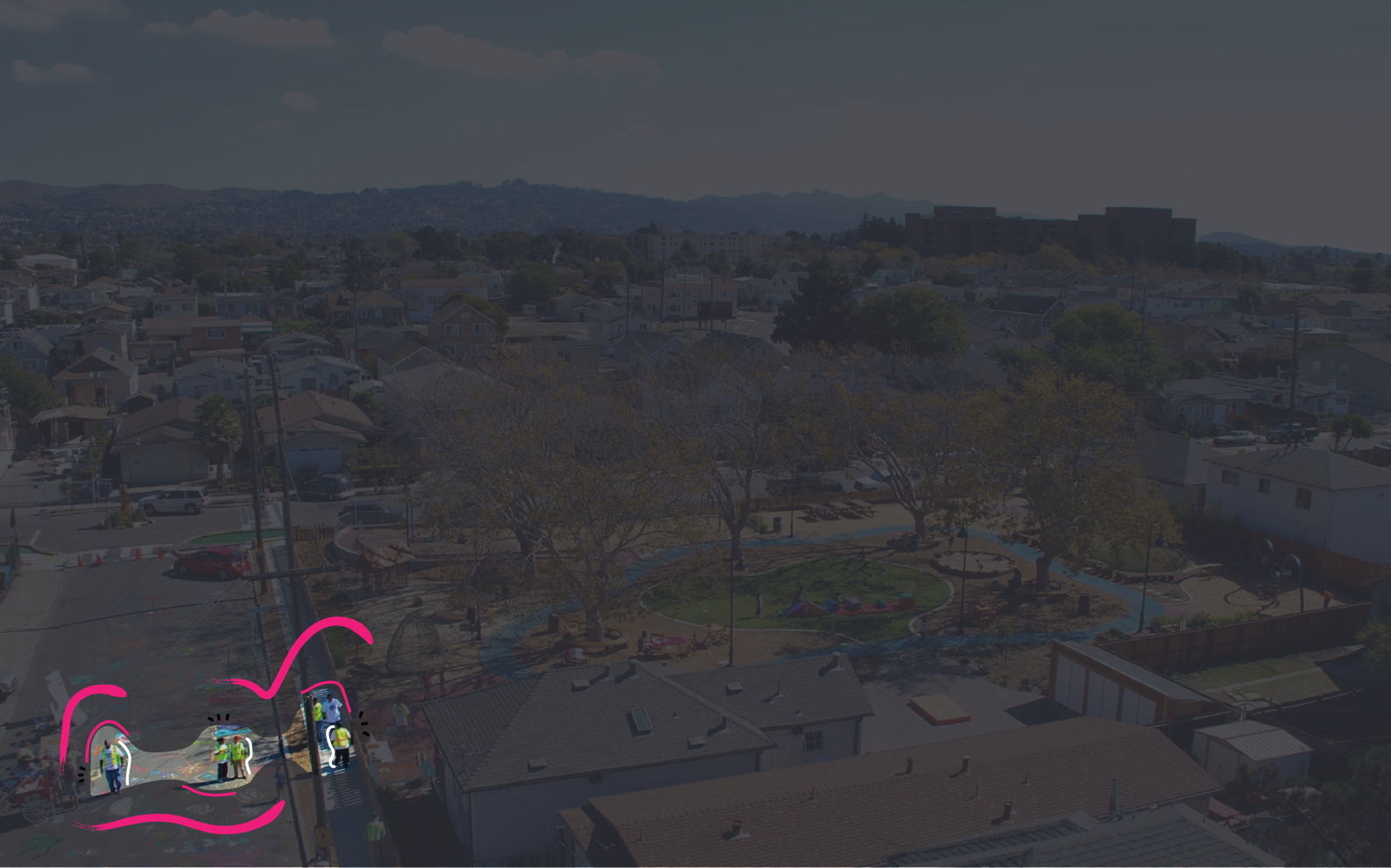

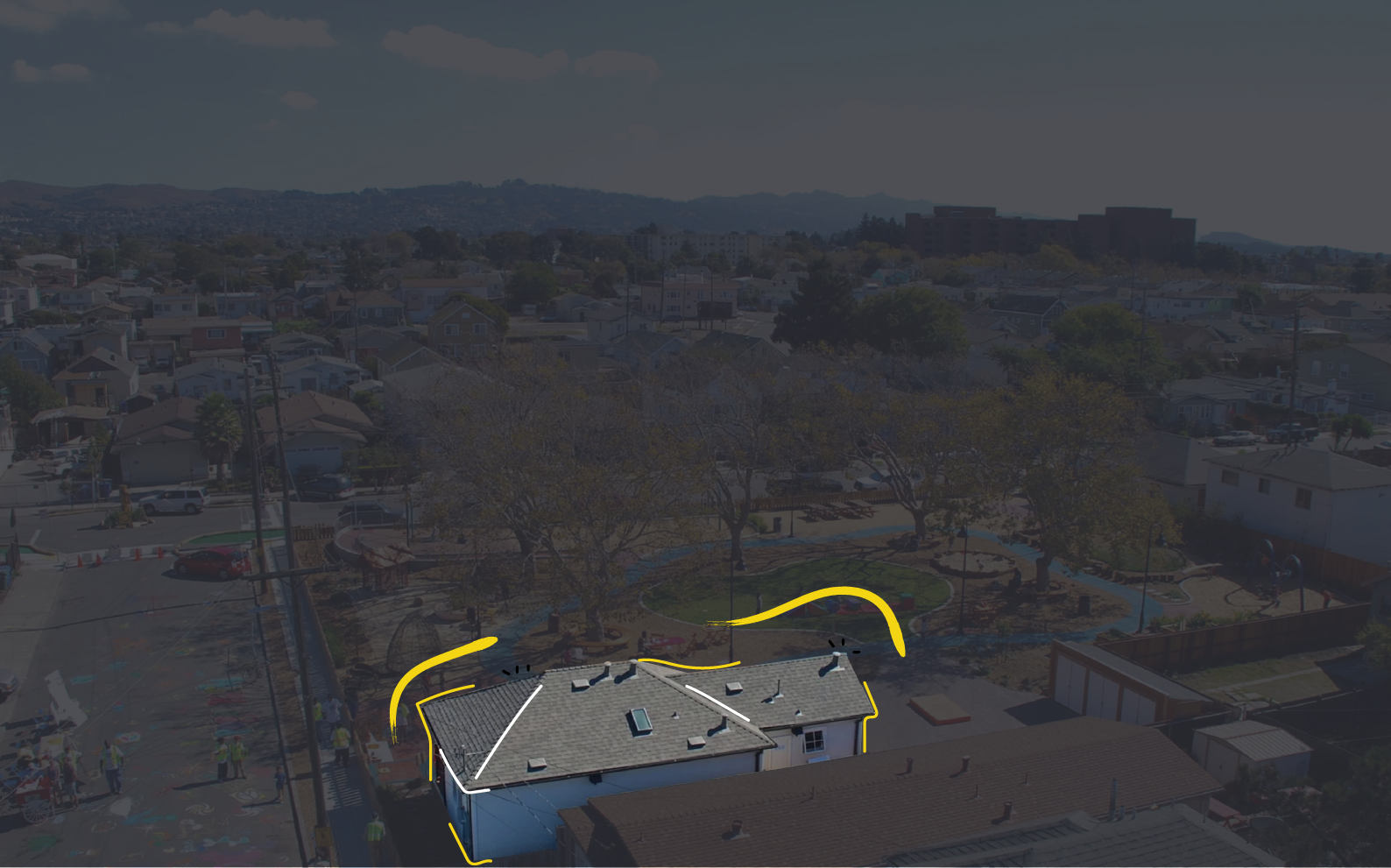
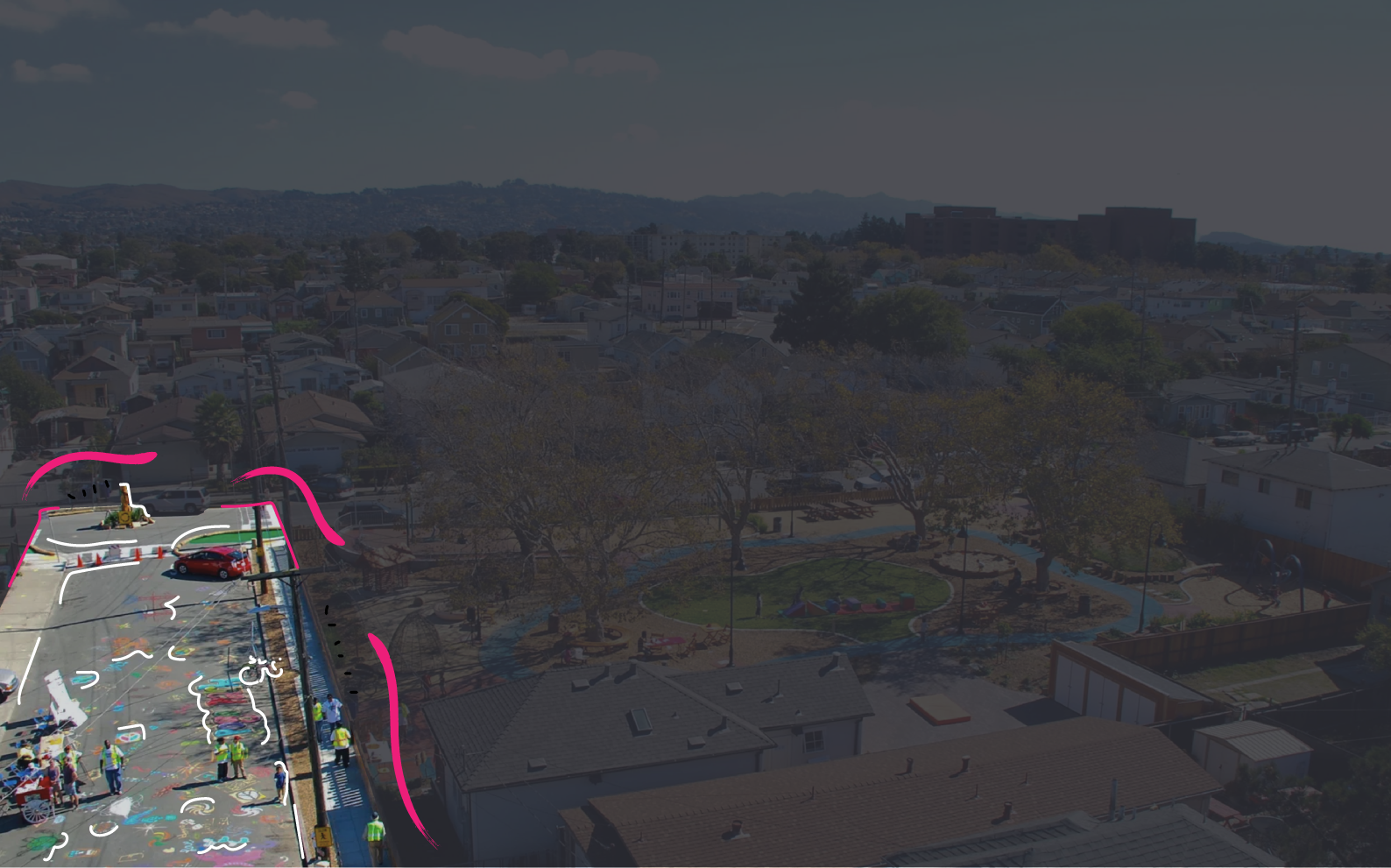
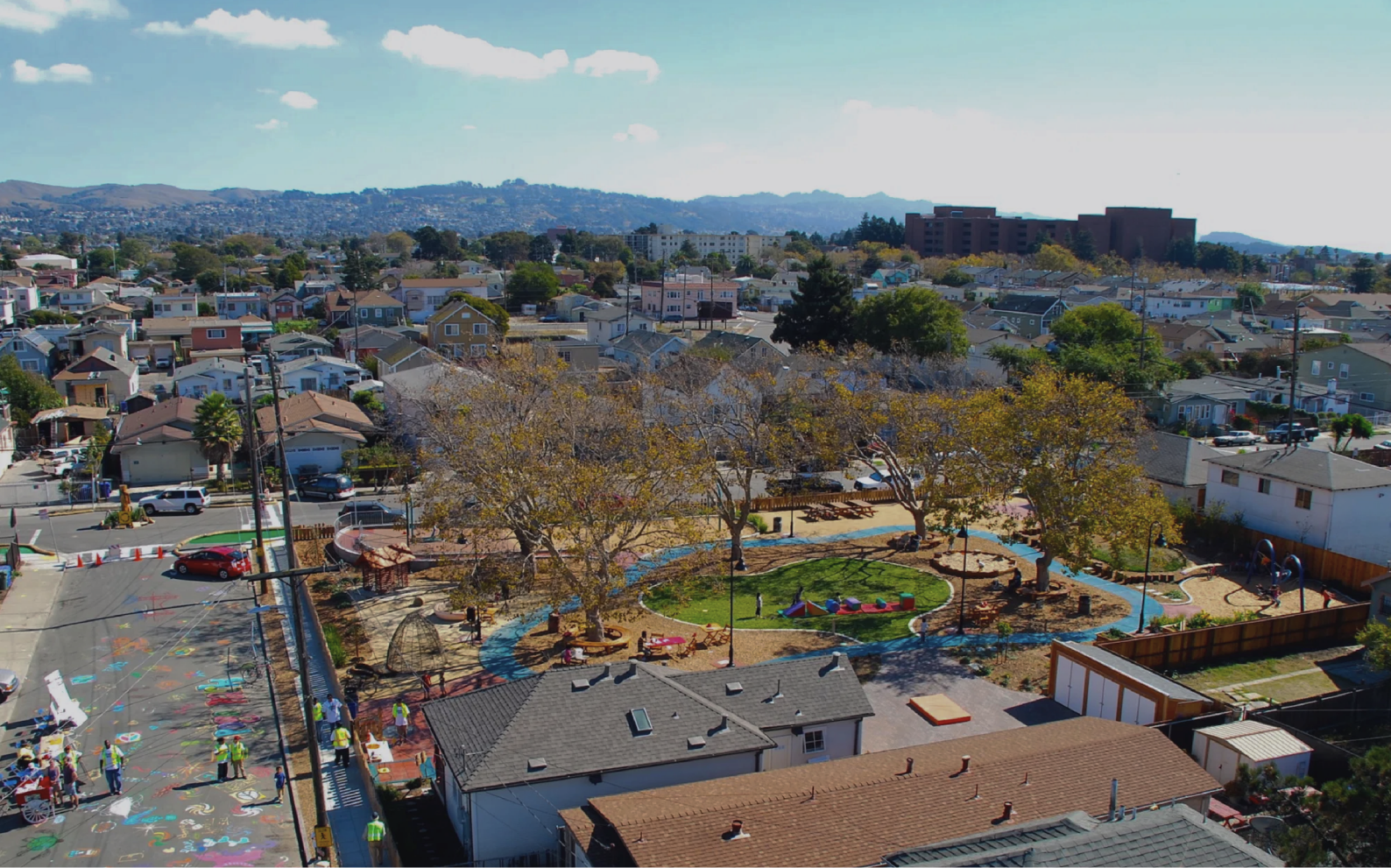

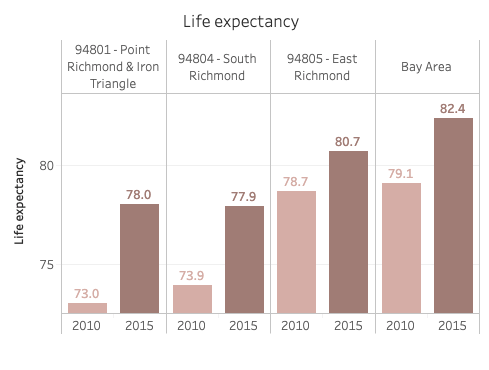
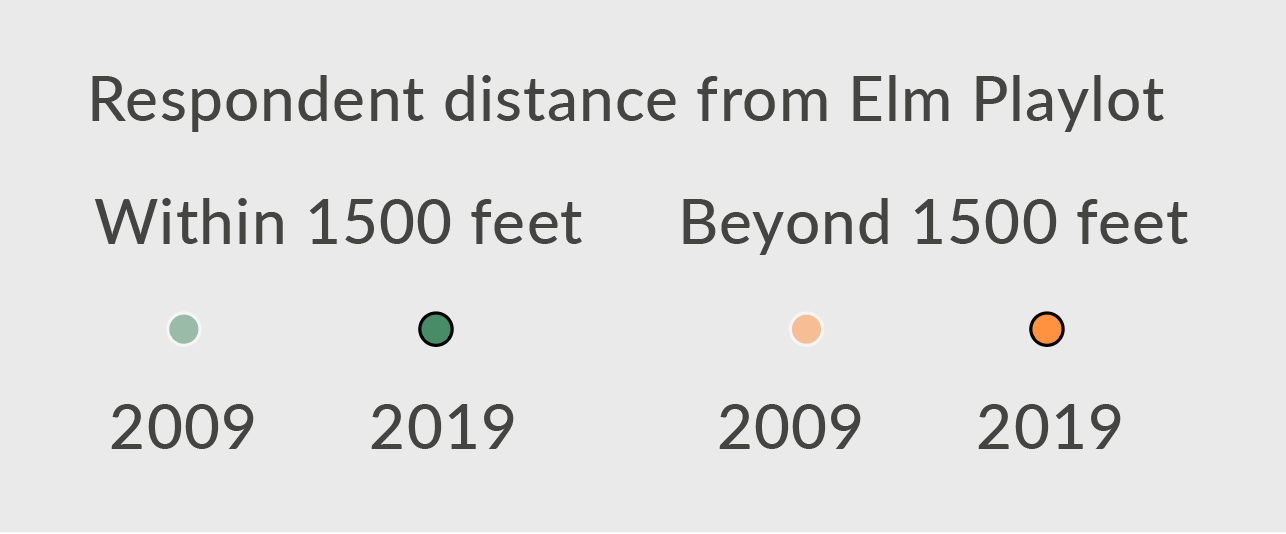
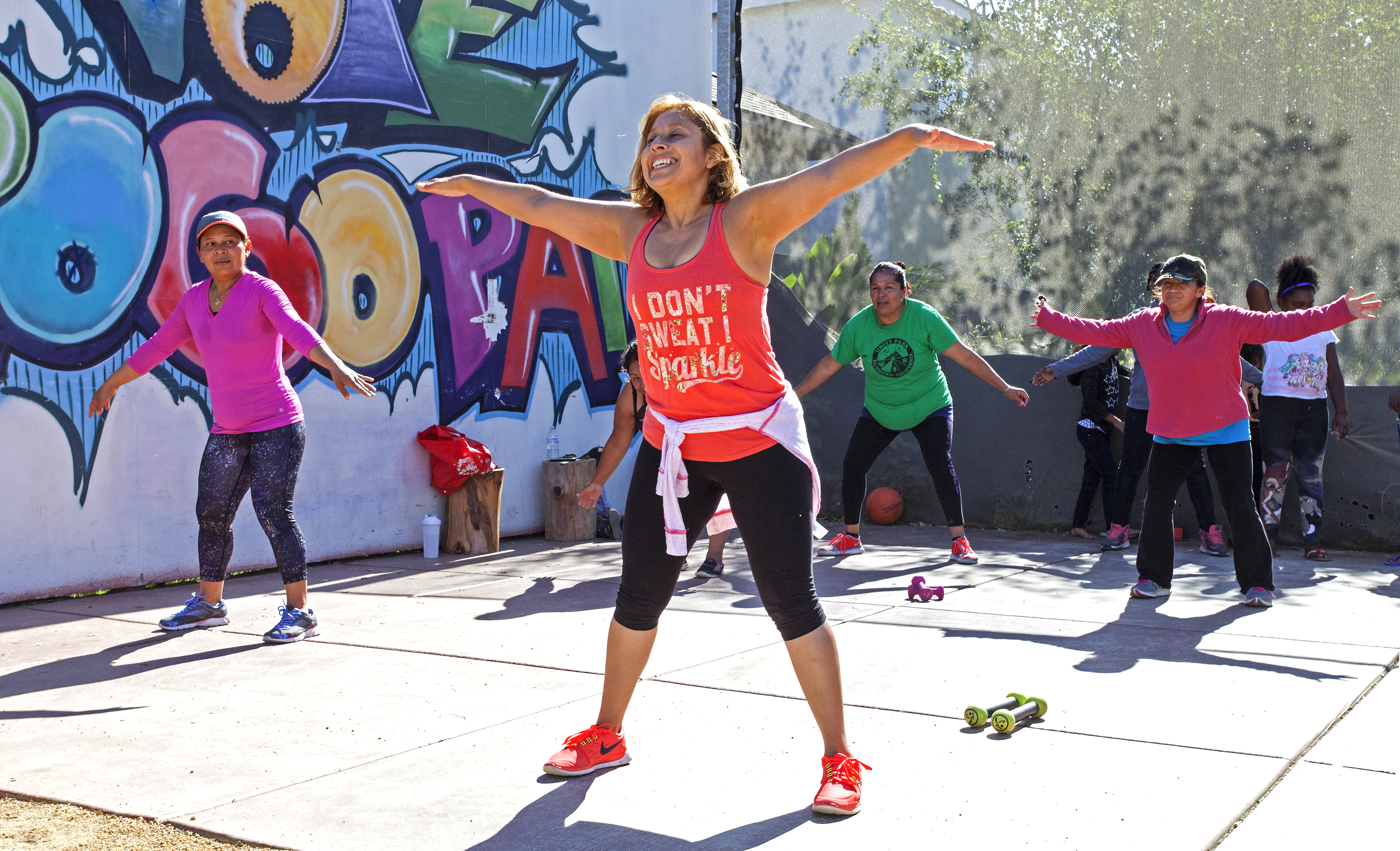
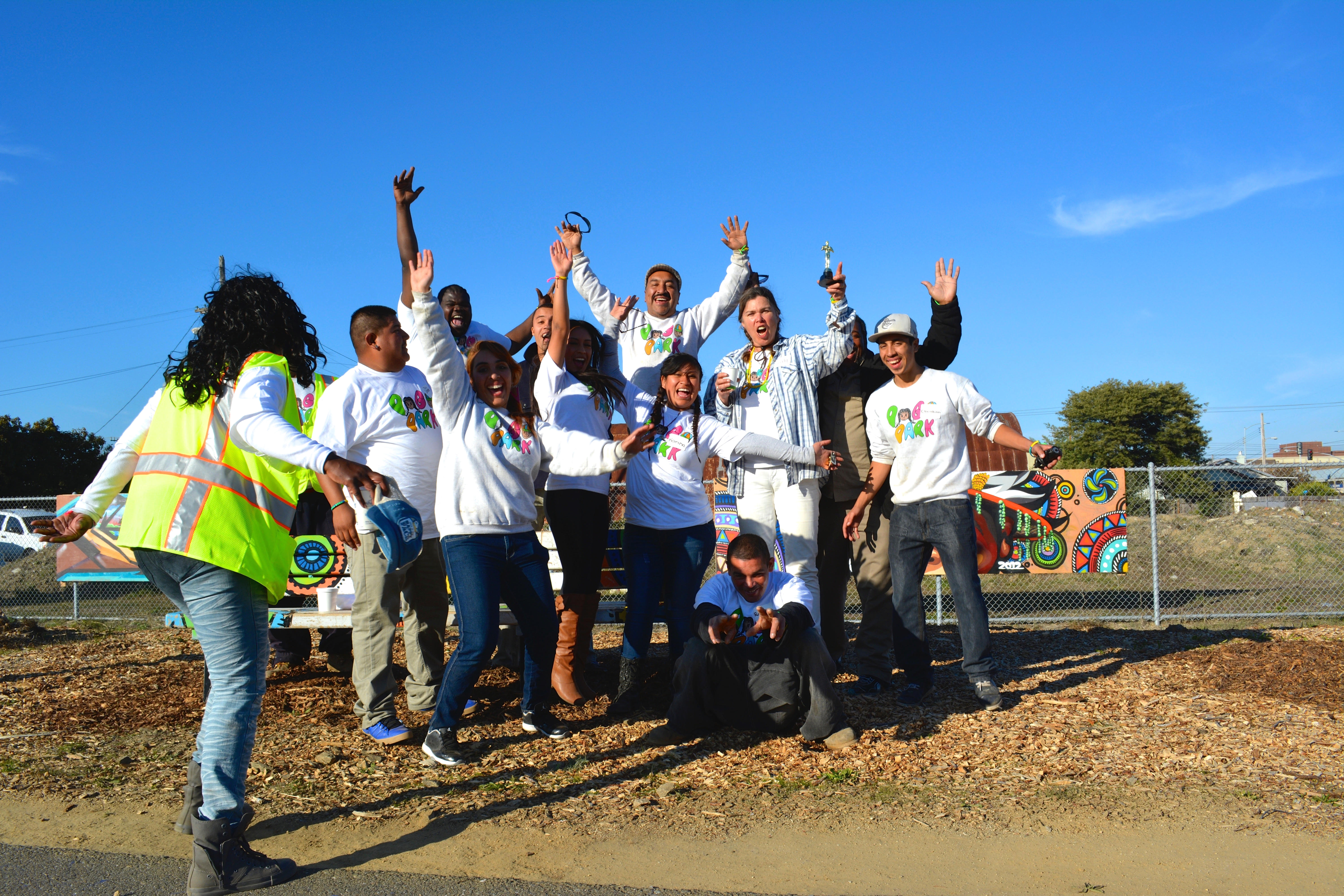
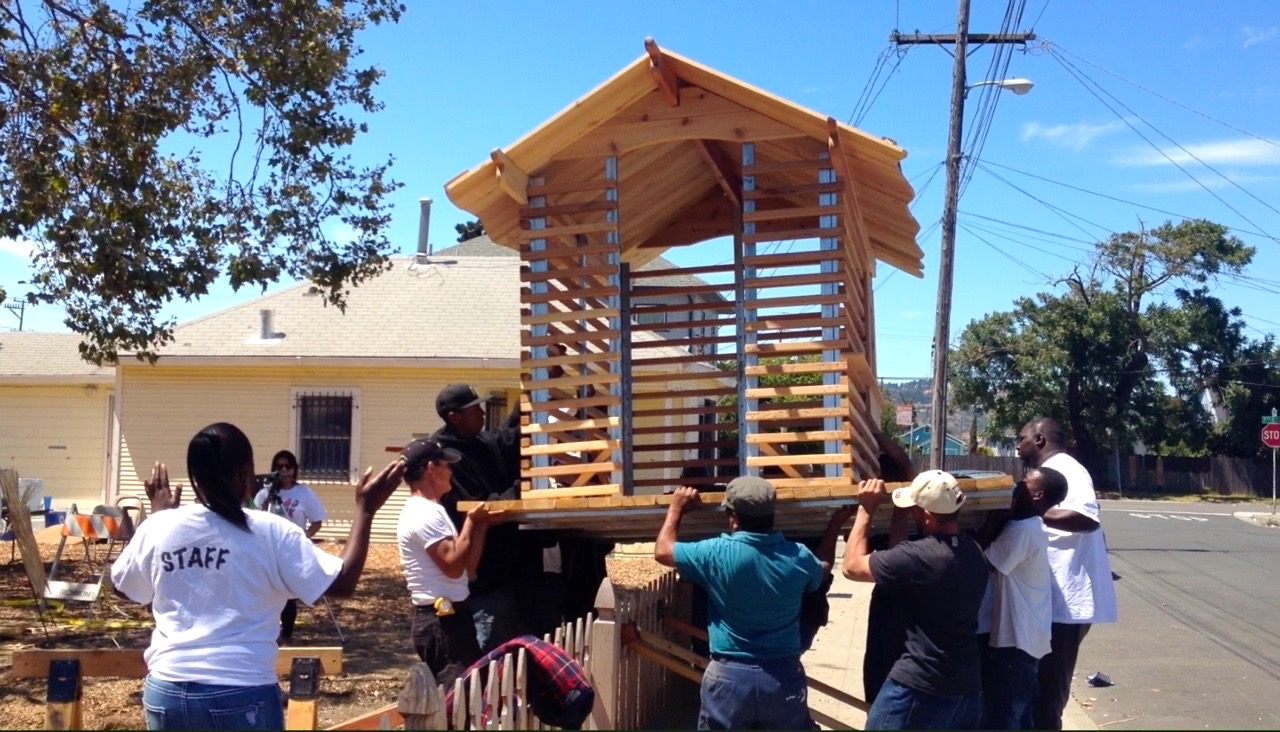
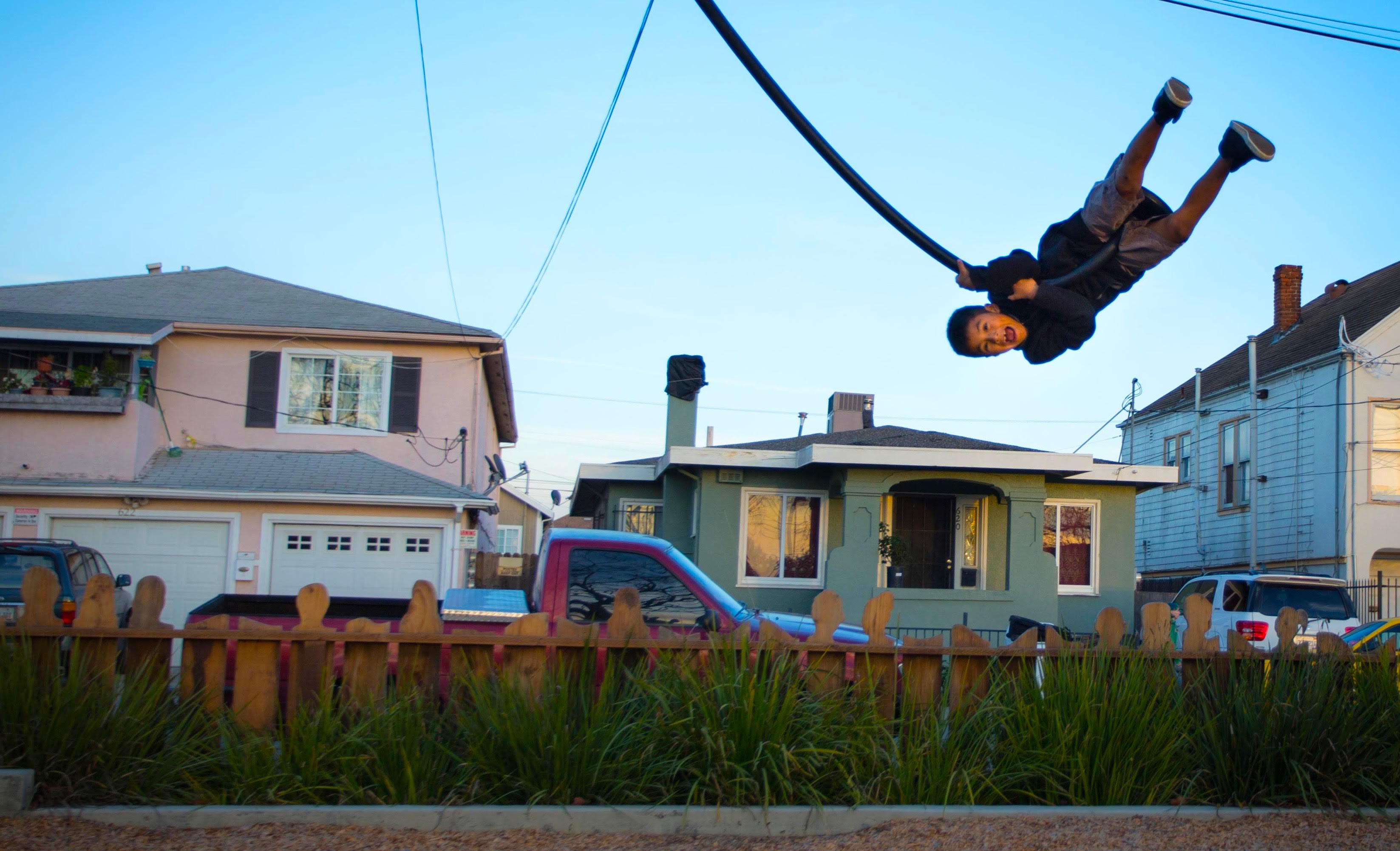
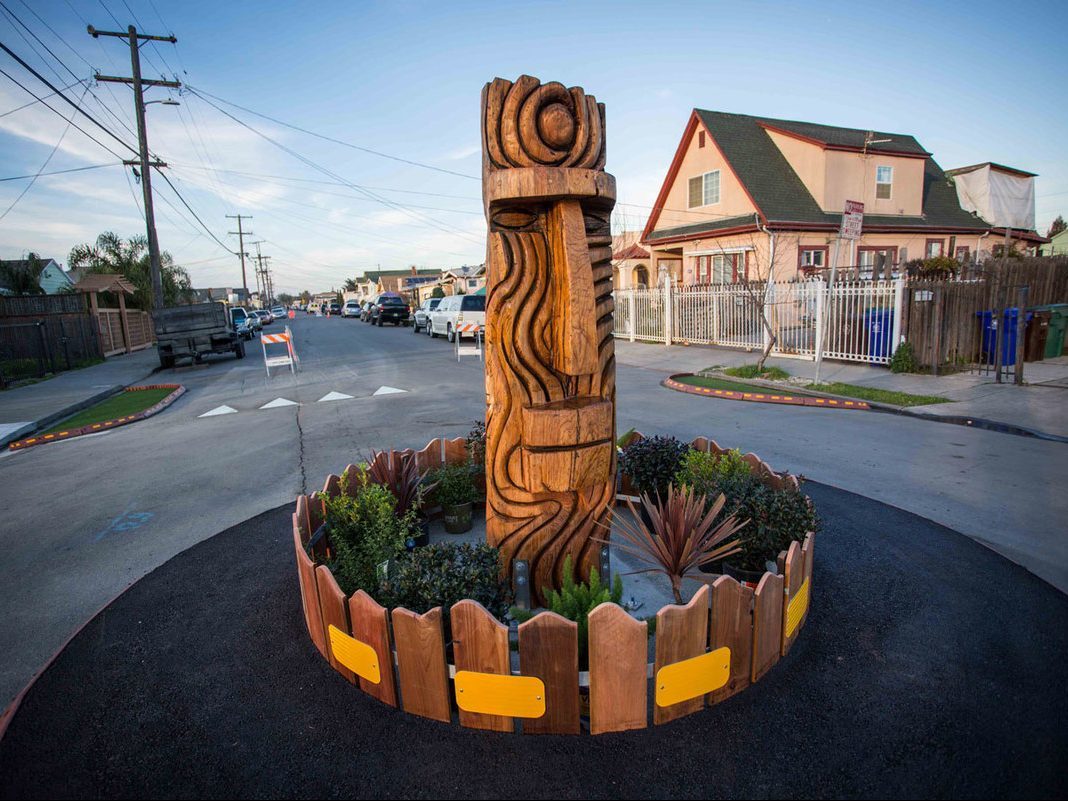
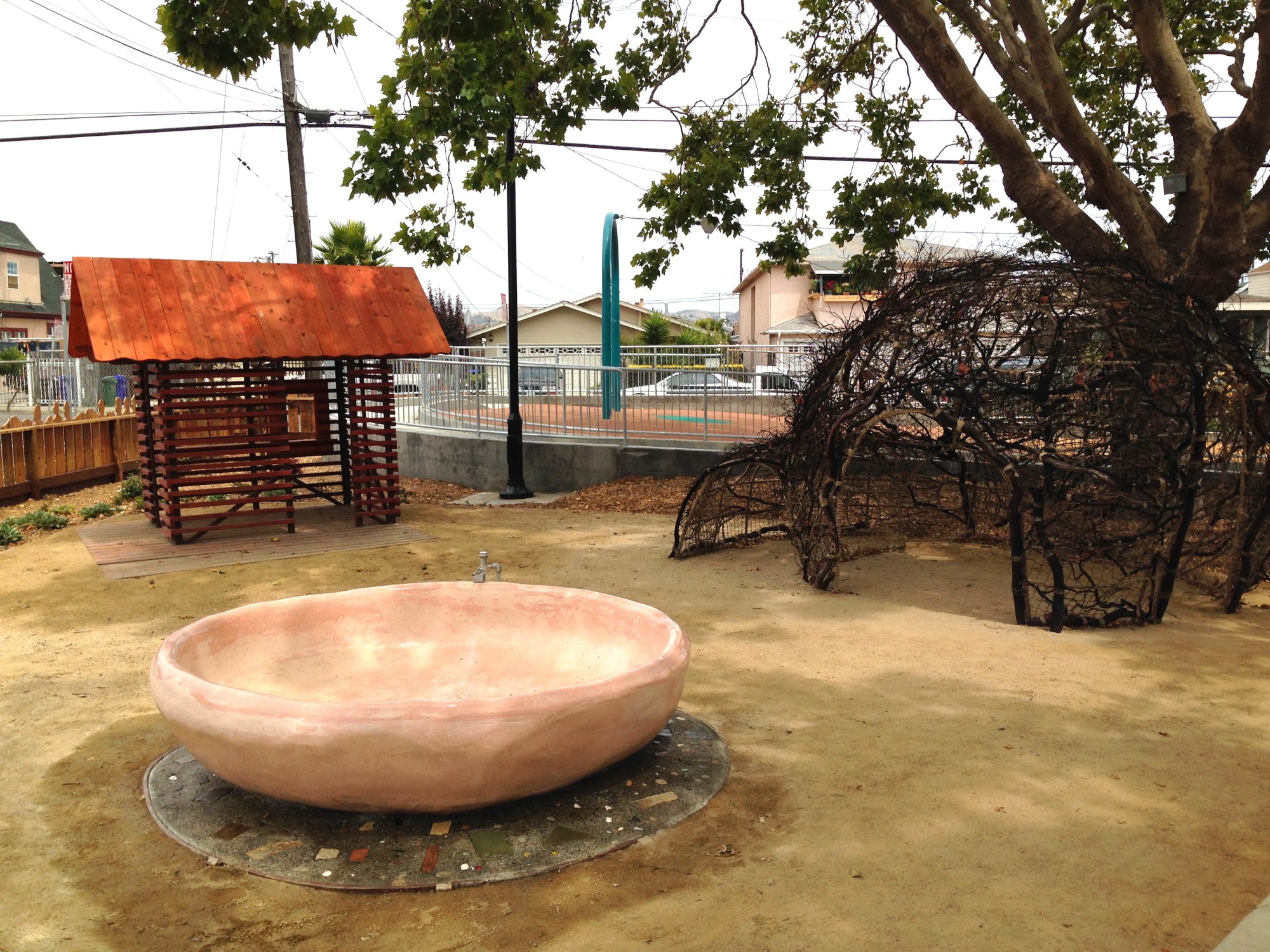
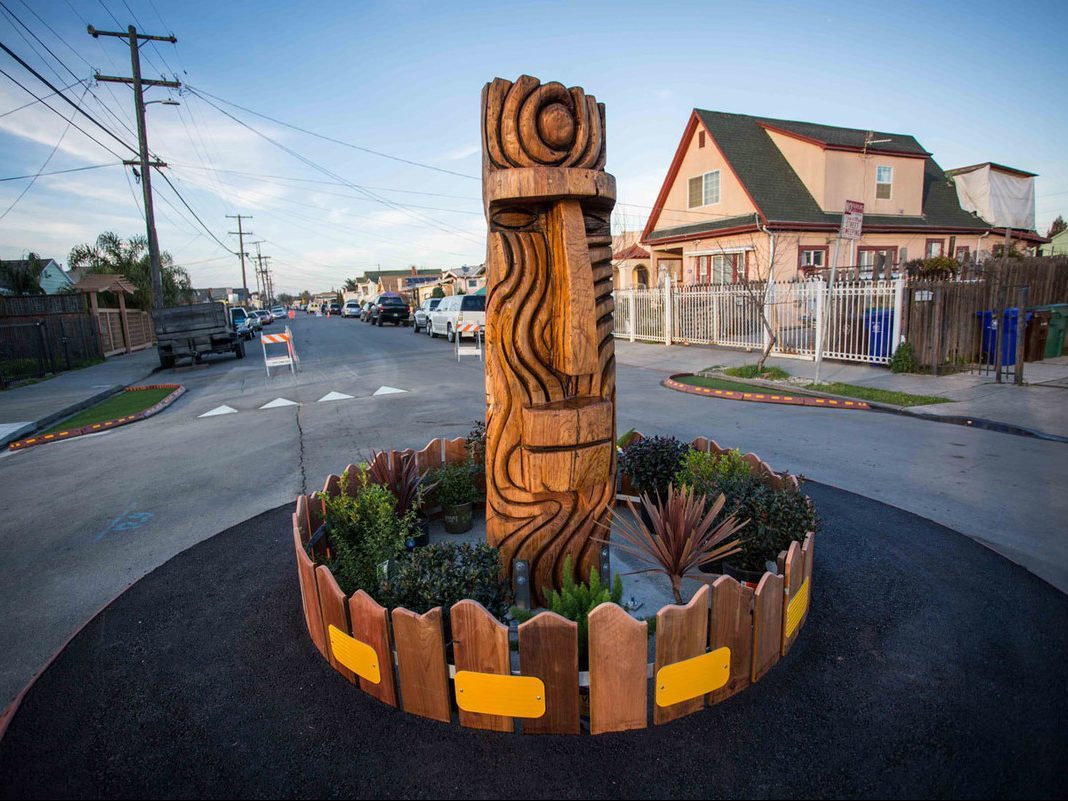
Residents
“I love the staff because they are always there and because so many parents now are at the park, I can take a break in the house without worrying about the kids. I like the bathrooms and lunch. My kids get lunch every day. The neighborhood crime has gone down because of Pogo Park. The staff and the neighbors are watching out for the park. And because it’s full of kids, the troublemakers stay away.”
— Yiness Tolbert, Mother of three and local resident